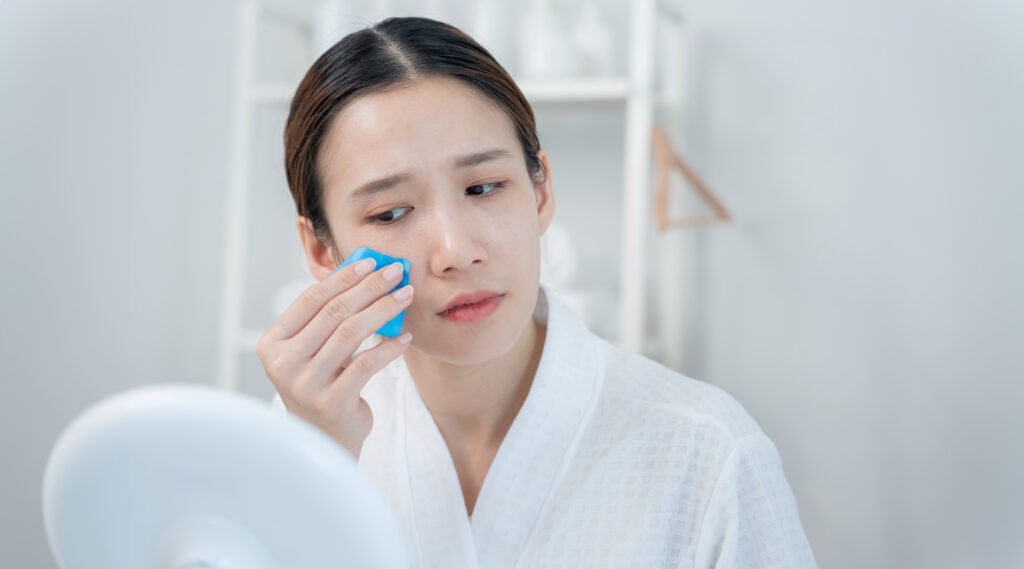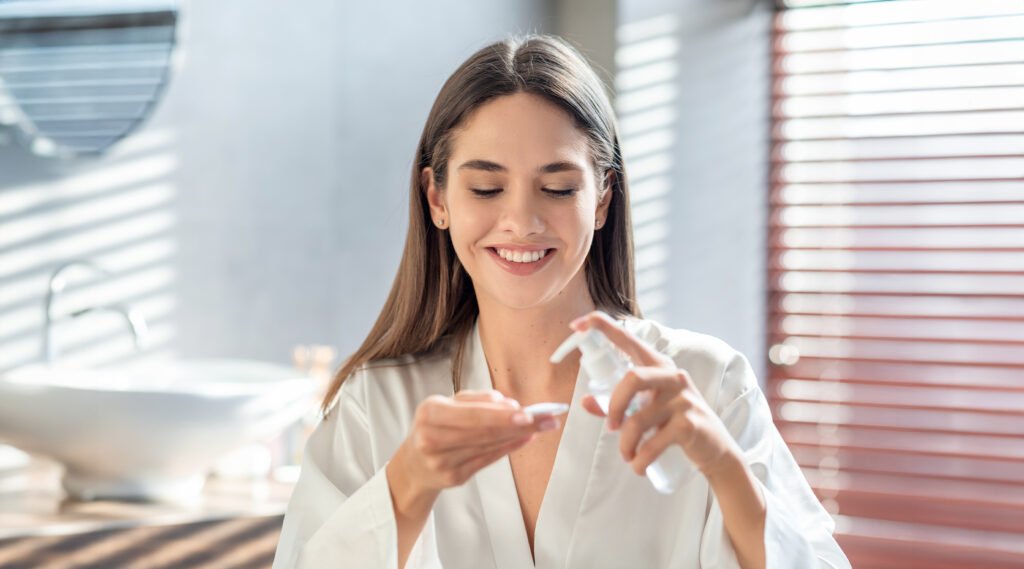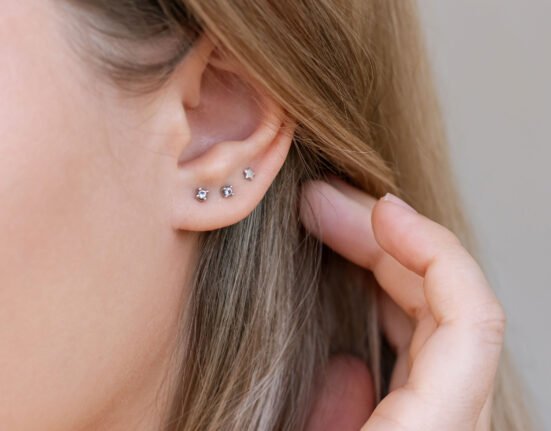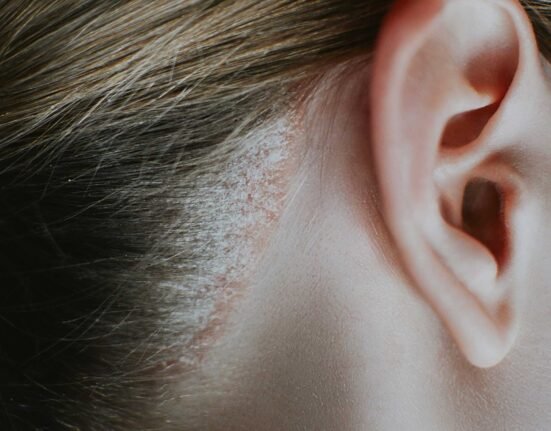Effective skincare isn’t just about washing your face. A proper routine includes several key steps: thoroughly cleansing the skin, maintaining hydration, addressing specific skin concerns, and protecting it from pollution and UV damage.
Following the proper skincare steps morning and night, you help your skin stay healthy, hydrated, protected, and naturally glowing.
Know Your Skin Type

Before building an effective skincare routine, the first step is to understand your skin type.
Here are the main types:
- Normal skin
Balanced in oil and moisture, this skin type rarely breaks out or feels irritated. - Dry skin
Due to a lack of moisture and hydration, it often feels rough, flaky, or itchy. It can also appear dull and feel tight after cleansing. - Oily skin
Characterized by excess sebum production, leading to a shiny appearance, enlarged pores, and a tendency for acne and blackheads. - Combination skin
Oily in the T-zone (forehead, nose, and chin) but normal or dry on the cheeks. This skin type requires a more tailored approach to product selection. - Sensitive skin
Easily reacts to factors like weather, pollution, or certain skincare ingredients. Common signs include redness, burning, itching, or stinging.
Understanding your skin type allows you to create a more targeted skincare routine that supports long-term skin health.
Morning Skincare Routine

Morning is the time to prepare your skin for the day ahead, exposure to pollution, sunlight, and various environmental stressors.
A consistent morning routine helps keep your skin healthy and protected throughout the day.
Recommended steps:
1. Gentle cleanser
Use a cleanser suited to your skin type to remove overnight oil and buildup without stripping the skin of its natural moisture.
2. Toner (optional)
Toner helps rebalance the skin’s pH, refresh the skin, and prep it for better absorption of the following products.
3. Antioxidant serum
Serums containing antioxidants, like vitamin C, protect the skin from free radicals and pollution while brightening the complexion.
4. Light moisturizer
Choose one with humectants like hyaluronic acid to lock in hydration and keep your skin moisturized throughout the day.
5. Sunscreen (SPF 30 or higher)
A must-have step. Protects your skin from UVA and UVB rays, prevents sun damage, and slows premature aging.
Nighttime Skincare Routine
Night is the best time to focus on skin repair and recovery. While you sleep, your skin enters regeneration mode.
A solid nighttime routine helps repair damage, strengthen the skin barrier, and prepare your skin to look healthier the next day.
Recommended steps:
1. Double cleansing
Essential if you wear makeup, sunscreen, or have been exposed to pollution.
- Start with an oil-based cleanser to break down makeup, sunscreen, and excess oil
- Follow with a water-based cleanser to remove any remaining impurities and cleanse deep into the pores
2. Gentle exfoliation (1–2 times per week)
Removes dead skin cells, revealing brighter skin and helping products absorb better.
Avoid daily exfoliation to prevent irritation and damage to the skin barrier.
3. Toner or essence
Helps restore initial hydration and primes the skin for the next steps.
4. Treatment serum
Choose based on your skin’s needs:
- Retinol for anti-aging
- Niacinamide for brightening and reducing dark spots
- Peptides or other actives tailored to your skin concerns
5. Night cream or occlusive moisturizer
Locks in all the nutrients from previous steps and keeps the skin hydrated overnight.
6. Use wund+™ Regeneration Cream
Apply to dry, sensitive areas, or healing from breakouts or mild irritation.
Its gentle, targeted formula supports natural skin cell regeneration while you sleep, helping your skin feel calmer, smoother, and healthier by morning.
Things to Keep in Mind
- Don’t mix retinol with AHA/BHA in the same routine, as this can increase the risk of irritation, especially for sensitive skin.
- Avoid over-exfoliation, especially if you already use active ingredients like retinol or vitamin C.
- Incorporate face masks a few times a week for a deeper treatment. On certain days, they can be used in place of serum.
- For sensitive skin, choose gentle, non-irritating products:
- Use SLS-free cleansers
- Avoid moisturizers with alcohol or artificial fragrance
Remember, a good skincare routine isn’t about using many products. It’s about consistency and choosing what works best for your skin’s needs. Focus on the basics: cleanser, moisturizer, and sunscreen, then add targeted treatments as needed.
If you’re unsure about what your skin needs or how to start, don’t hesitate to consult a dermatologist for personalized advice.
References
Harpers Bazaar. Accessed in 2025. The Best Skincare Routine Order, According to a Dermatologist
Health. Accessed in 2025. Skincare Routine.














Leave feedback about this